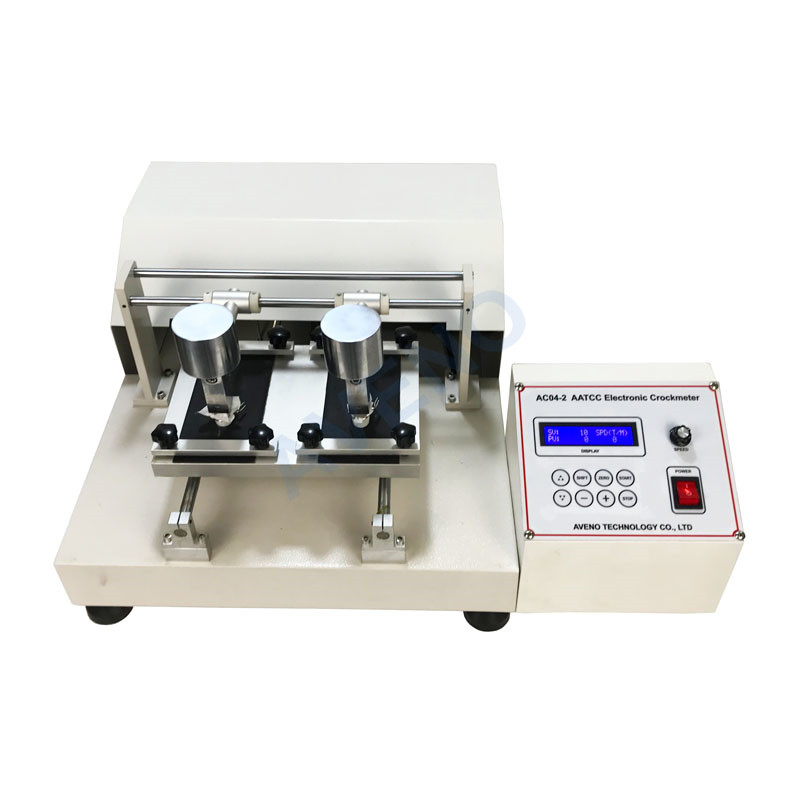 +8615280858852
+8615280858852
 +8615280858852
+8615280858852
1. Dye performance
Some water-soluble dyes, such as reactive dyes, contain water-soluble groups that facilitate dye dissolution and dyeing during the dyeing process. Some poorly water-soluble dyes, such as vat dyes, are mechanically padded to the fibers in a suspension state during continuous padding, and are reduced in steam to become water-soluble dye leuco. The fibers are then oxidized, boiled, and fixed to the fibers, and the vat molecules return to a water-insoluble state. Therefore, the vat dye-dyed fabric has a wet rub fastness superior to that of the dyed fabric dyed with the reactive dye due to the water-insoluble quality of the dye dyed thereon.
2.Color depth (dye concentration)
Under the same conditions of fabric, pretreatment and dyeing process, the deeper the color, the higher the dye concentration, the greater the gradient of dye molecular concentration between the test fabric and the rubbed white cloth, and the more likely the dye is transferred to the white cloth by friction. The wet rub fastness is worse.
3. Effect of floating color
The floating color includes the hydrolyzed dye and a dye that has not been hydrolyzed but has reacted with the fiber. These dyes are attracted to the fibers by hydrogen bonds, van der Waals forces, and have low affinity to the fibers, and can be easily detached from the fabric with less external force. Therefore, floating color is an important factor affecting the wet rubbing fastness of fabrics.
4. Water quality impact
If harder water is used to make the material, especially the fixing liquid, it contains an anion such as CO32- or OH-, which reacts with Ca2+ and Mg2+ to form insoluble substances such as Ca2CO3 and MgCO3. These insoluble materials are combined with the dye to form a lake and deposit on the surface of the fabric, so that the friction during friction is greatly increased, resulting in a decrease in wet rubbing fastness. In addition, Ca2+ and Mg2+ can also react with some anions on the dye molecule to transform into water-insoluble substances, thereby weakening the hydrophilicity of the dye, making the dye difficult to dissolve and spread, and the floating color is not easy to wash off when washed.
5. Fabric structure and surface finish
Another important factor affecting the wet rub fastness of fabrics is the surface finish of the fabric. The ends of the fibers are exposed on the surface of the yarn to form a layer of hair on the surface of the fabric. During the dyeing and finishing process, this layer of hair is constantly rubbed and washed, and the adhesion to the fabric is already very poor. When it is subjected to external force, some short velvets are detached from the fabric and contaminated with white cloth. In actual production, the rubbing cloth has a frictional fastness of 0.5 to 1 grade than that of the mercerized cloth.
AVENO Machine Recommend:
AC04 AATCC Electronic Crockmeter
AC04-2-AATCC Electronic Crockmeter

AC05 AATCC Crockmeter(Rubbing Fastness Tester)
Contact Us Now!
Sales Dept Tel: +86 15280858852
Email: sales@avenotester.com
Skype: sales@avenotester.com
Web: www.avenotester.com
 online service
online service +8615280858852
+8615280858852 sales@avenotester.com
sales@avenotester.com +8615280858852
+8615280858852